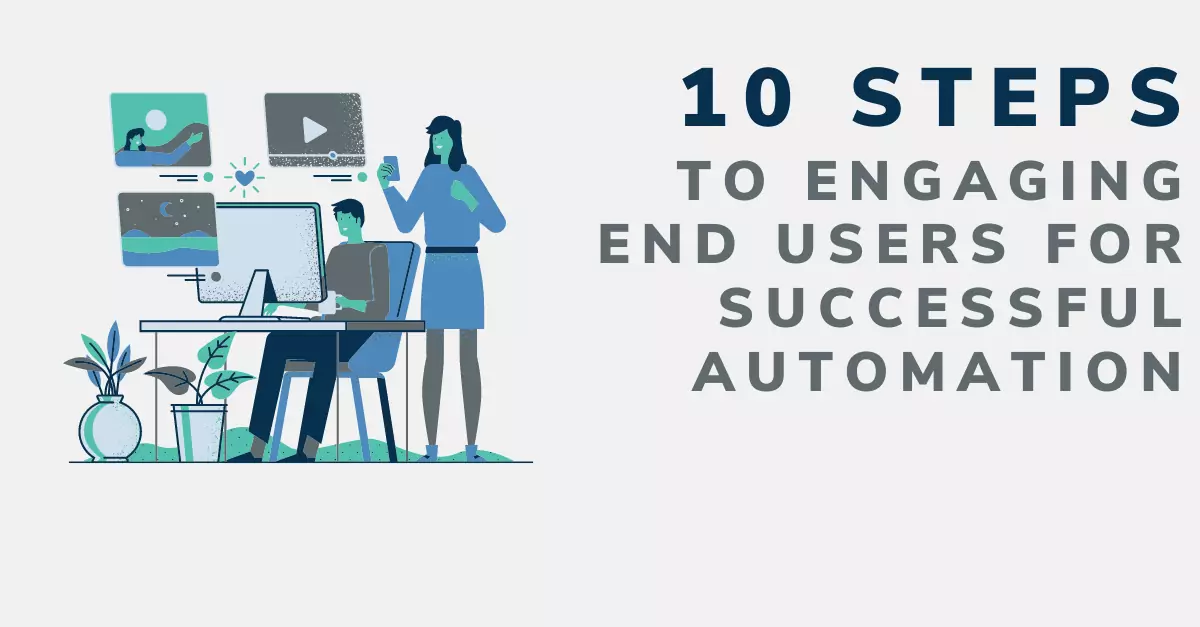In our recent webinar on how automation can drive better student engagement, a strong dialogue between Charles Araujo from Intellyx, the digital transformation experts, and John Rezendes, Director of IS Operations from Cal State Stanislaus uncovered great insights into how Higher Ed institutions are leveraging technology to improve the student experience.
Experiential Trends and the Impact on Student Engagement
To frame the conversation, Charles discussed the evolution of the experience economy and how that has shifted business models to focus on delivering a better customer experience as a new form of value. In the new experience economy, businesses must continually reinvent themselves to deliver on evolving customer expectations. This evolution of customer, and in this case, student experience expectations, has changed the landscape of how we deliver educational services to students, and has accelerated due to the changes brought on by Covid-19.
Covid-19 as the Instigator for Student Experience Evolution
John Rezendes is living in the center of this evolution, and has embraced the opportunity for change. Taking advantage of a multi-campus pilot that Cal State Schools kicked off in 2019, John partnered with BP Logix to start automating processes that were too time consuming for his homegrown platform and too complex for simple automation tools.
Like many Universities, a mandate to optimize for better student experience was a primary driver in the shift of the IT team from a focus purely on back-office process optimization and infrastructure to student facing departments and processes. With the perfect storm of this mandate for change and a pandemic, John and his team took up the mantle of transforming the enrollment experience with the help of his partnership with BP Logix. Hear John in his own words at the video below.
How Automation Initiatives Can Drive Better Student Experience
The initial focus in improving the enrollment experience lead John’s team to prioritize the Course Change process as an early win. Prior to their automation initiative, students were filling out paper forms and hand delivering them across the university for signature. With their new initiative, a dynamic process was set up on the BP Logix platform to grab course enrollment data from their SIS, and make sure that a student’s course selection and available options were auto-populated, that the form was then electronically routed to the right departments for approval, and the whole process was tracked and visible by both enrollment services and the student. “Now, we can keep everybody in the loop, we can let everybody know where it is in the process, who’s done what with it…these things can take minutes as opposed to days,” said John.
One of the biggest takeaways from the conversation came in a discussion around lessons learned. John discussed the importance of breaking both cross-functional and technology silos, and specifically the role that data integration has in elevating the student experience. "There has to be a way to get data from one system to another, and the processes behind that to make sure data is tracked and handled properly." Their ability to move data from SQL Databases on premises into the cloud, and back into Sharepoint is a big part of the value that the BP Logix platform gives his team in how they’re able to improve the ease of use of their student facing processes and thus the student experience. Added John, “It’s the glue to what we do.”
You can watch the webinar in it’s entirety at the link below.




.png)